9 Tips for Safe Online Shopping
Not surprisingly, online shopping has increased significantly over the past four months, with restaurants and retail stores being closed and even those that were open using curbside pickup or delivery. That trend continues, and even when the pandemic subsides, almost half of consumers say they will continue to use online shopping for home delivery or curbside pickup.
Many have found that online shopping is simply a more convenient option. In many cases, it offered an opportunity to get items that were otherwise unavailable because stores were closed or items were out of stock due to high demand. That’s all true, as long as the items arrive as scheduled.
But, many people have also reported not receiving their purchases. In fact, the FTC says it has received more reports of problems with online shopping, with more than half saying they never received their items.
In some cases, there have been delays, or items have simply gotten lost in transit. Companies like Amazon typically do a good job letting customers know when their items are delayed. In many cases, if the item is lost somewhere in transit, Amazon will offer customers the opportunity to request a refund, even though the item may eventually still arrive. It’s good customer service.
Over the past several months, thousands of unverified, fraudulent sites have popped up claiming to have many high-demand products available. Once they receive payment, they simply don’t ship the items and, when customers call to inquire, they claim delays due to the pandemic to avoid being detected as fake for as long as possible. It was a concern even before the pandemic, which only created another opportunity for fake sites. Some of these sites even mimic legitimate retailers, making it even harder to tell what’s real and what’s not.
The good news is there are ways to limit your exposure to these scams. Here are a few tips for smart online shopping to help you steer clear of any issues and make sure you get the products you order.
- Try recognized brands first. They may not always have what you’re looking for, but it’s a good place to start.
- Be wary of sites selling products that are in short supply, or name brand products at much lower prices than you would normally pay.
- Make sure the website is and HTTPS site (not just HTTP), indicating a higher level of security. This is important any time you make online purchases. Also click on the padlock next to the web address, which will give you even more information about the site’s security.
- Also check the URL itself. Some fake sites use addresses very similar to legitimate sites to fool people. If you typed in the address manually, double check it to make sure you didn’t make a mistake.
- Keep your browser updated. Most browsers will warn you if you’re about to go to an unsafe site.
- Also keep you security software updated. This is another tool to help avoid malware from suspicious sites.
- Examine the reviews. Many sites pay for fake 5-star reviews that all sound about the same. Look for a variety or reviews and ratings. You can also use sites like Fakespot, which analyzes and rates the validity of reviews on sites.
- Other resources are available to help check website reputation, like URLVoid or Google Transparency Report. You can also check the Better Business Bureau for its ratings.
- Pay with a credit card. This may be the best way to protect your money when buying online, regardless of the site. If something happens and you don’t receive your purchases, or if they aren’t as advertised, you can contact your credit card issuer to dispute the charges if.
Online shopping is often very convenient, and it can be a way to get items that aren’t readily available locally. But, there’s no question scam sites are a growing issue. But, scammers are successful because they rely on unsuspecting victims. Arming yourself with the information and tools to avoid scams or low-quality product knock-offs will help keep you from being disappointed or losing money.


